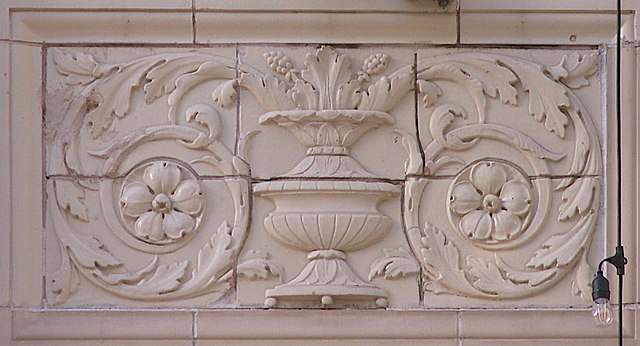
A view from the outbound platform of the Station Square subway station in 2001. Except for the signage, not much has changed.

A view from the outbound platform of the Station Square subway station in 2001. Except for the signage, not much has changed.

The seeds of Autumn Clematis (Clematis terniflora) look like little comets close up, or perhaps like tropical fish in a feeding frenzy.

Above: the West End Bridge over the Ohio, with the Ohio Connecting Railroad Bridge behind it, and the McKees Rocks Bridge behind that. Below, the Allegheny, with the Fort Duquesne Bridge, the Three Sisters, the Fort Wayne railroad bridge, the Veterans Bridge, and the Sixteenth Street Bridge. For extra credit, see if you can point out the Twenty-Eighth Street Bridge. (Click on the picture to make it very big.)



Three different carved capitals at the entrance to St. Boniface Church on East Street.
Although the Brown Line through Allentown is no longer in regular service, the Port Authority keeps it active for use as a detour when the Transit Tunnel under Mount Washington is closed. For several weeks in August of 2019, the tunnel was under construction, and all Red Line and Blue Line cars had to go over the Brown Line route. This is a simple record of what you see out the right-hand window on a car inbound from South Hills Junction to Steel Plaza. We go up Warrington Avenue and down Arlington Avenue, over the Panhandle Bridge, and into the subway.
If you are not a trolley geek, this may possibly be the dullest video you have ever encountered. If you are a trolley geek, you are already panting and drooling, so go to the Wikimedia Commons hosting page..

Duquesne Heights is the western section of Mount Washington, the part that includes the expensive restaurants overlooking the skyline and the luxury apartment towers. Here we see Grandview Pointe in the foreground, with its glass-walled elevator shaft leading up to the Monterey Bay Fish Grotto, and the Trimont in the distance.


Two ornaments from the terra-cotta façade of the old Thompson’s Restaurant building on Market Street just off the Diamond.


An isolated survivor of the once-populous East Street Valley, this splendid church (designed by A. F. Link and completed in 1926) was spared by a slight rerouting of the Parkway North. Since the latest reorganization in the Catholic Diocese of Pittsburgh, this is now part of Christ Our Savior parish.
The picture above is fairly large if you click on it; it’s a composite of eight separate photographs.
